Food and Drink: Did You Know?
The Pleasure of EatingThe French are passionate about their food and dining traditions. Eating is not just about filling one’s belly, but also about enjoying life and good conversation. While fast food has made inroads into French cities, the culture of food in France is still one of long, leisurely multi-course meals, high-quality local ingredients, and expertly crafted dishes. ▶ |
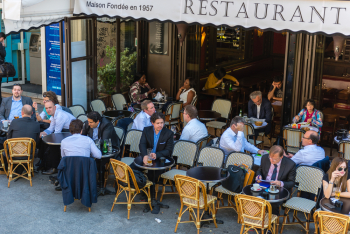 |
MirepoixMirepoix is a French cooking term for a combination of diced vegetables that are slowly cooked in fat to create a flavor base for many dishes. The vegetables are usually onions, carrots, and celery, cut into uniform pieces and cooked together. ▶ |
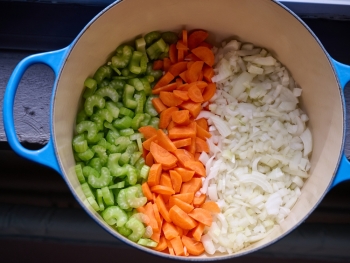 |
Apéritif and DigestifThe French have a tradition of enjoying an apéritif (a pre-meal drink) to stimulate the appetite and a digestif (a post-meal drink) to aid digestion. Champagne, light wine, or beer are among traditional apéritifs, with brandy, fortified wine, and liqueurs popular digestifs in France.▶ |
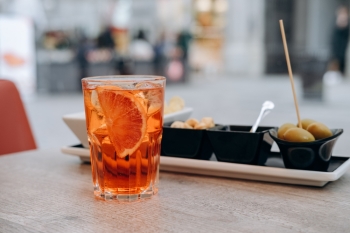 |
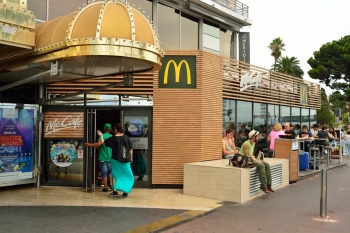 |
French Fast Food◀ Even fast food is different in France. McDonald’s in France serves beer and traditional French dishes such as a Croque monsieur—a traditional French ham and cheese sandwich, which appears on the menu as a Croque MacDo (“MacDo” is the French nickname for the ubiquitous fast-food restaurant). Prices at French McDonald’s restaurants are typically double those in the United States, because most of the ingredients are locally sourced. |
Le Cordon BleuLe Cordon Bleu, one of the most prestigious culinary schools in the world, was founded in Paris in 1895. It has trained many famous chefs from around the globe. ▶ |
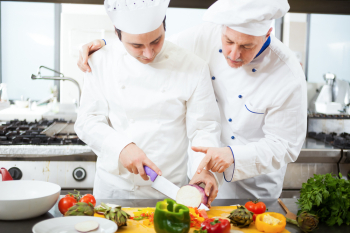 |
Regional CuisineIn addition to broader traditions of French cuisine, each region has its own unique traditions based on the seasons and what is locally available. For instance, the Alsace region produces delicious melted-cheese dishes such as raclette and fondue. In Provence, local food focuses on fresh wild herbs, tomatoes, and olive oils, with Normandy is famous for its cream and apples. ▶ |
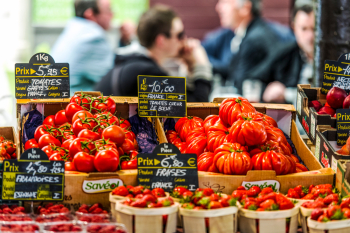 |
Truffle HuntingFrance is one of the largest producers of truffles, a highly prized and expensive fungus. Truffle hunting, often with dogs or pigs, is a traditional practice in regions like Provence and Périgord. France produces almost 30 percent of the world's production of truffles. ▶ |
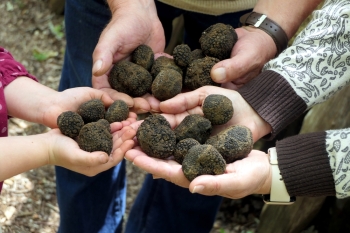 |
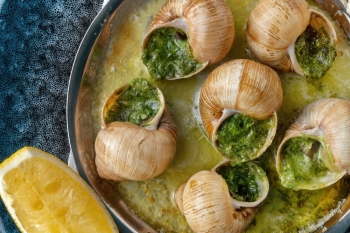 |
Escargot◀ The French have been eating snails (escargot) since Roman times. Today, they are often prepared with garlic, parsley, and butter. |
Slow FoodThe Slow Food Movement, which emphasizes traditional and regional cuisine, sustainable farming, and preserving food culture, has strong roots in France. The movement began in the 1980s and gained international momentum in 1989 when delegates from 15 countries signed its founding manifesto in Paris, France. ▶ |
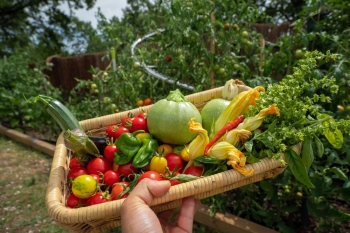 |
Five Mother SaucesFrench cuisine is known for its sauces, particularly the five "mother sauces" (béchamel, velouté, espagnole, hollandaise, and tomato), which serve as bases for many other sauces. ▶ |
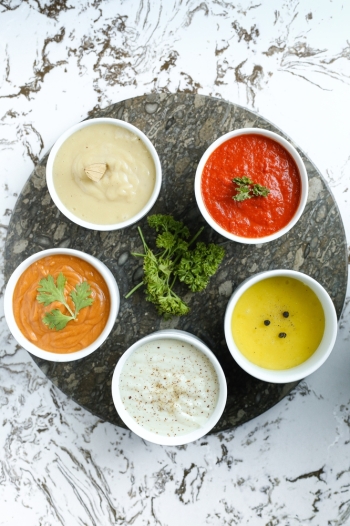 |
TerroirThe concept of "terroir" is crucial in French cuisine. It refers to the unique combination of climate, soil, and landscape that gives food and wine their distinct regional characteristics. ▶ |
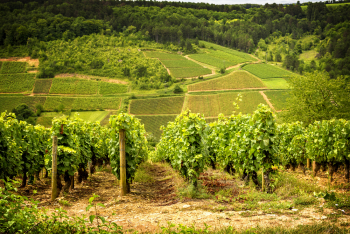 |
 |
Bread and Baguettes◀ Bread is an important part of French cuisine, particularly the baguette, a long, thin loaf of bread. Approximately 10 billion baguettes are consumed by the French each year, and the country is said to produce some 16 million a day. There are strict standards for the manufacture of baguettes; it is illegal to call a bread product a baguette unless it contains only four ingredients: flour, water, salt, and yeast. Each loaf must weigh exactly 250 grams and there can be no preservatives. |
Wine and Cheese PairingFrance is famous for its wine and cheese, with over 1,000 different types of cheese produced. Each region has its specialties, and pairing the right wine with cheese is an art. ▶ |
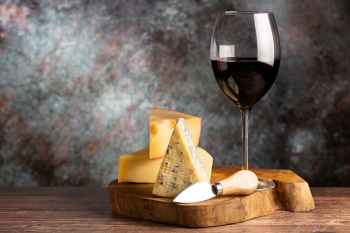 |
UNESCO Said SoIn November of 2022, the role of baguettes to French culture was deemed important enough for the United Nations Educational, Scientific and Cultural Organization (UNESCO) to add the long, humble loaf to its Representative List of the Intangible Cultural Heritage of Humanity. The designation conveys the importance of a culture's know-how, living expressions, and/or traditions that are passed down among generations.
UNESCO stated that the loaves, "require specific knowledge and techniques," adding that "they also generate modes of consumption and social practices that differentiate them from other types of bread, such as daily visits to bakeries to purchase the loaves and specific display racks to match their long shape. Their crisp crust and chewy texture result in a specific sensory experience. The baguette is consumed in many contexts, including during family meals, in restaurants, and in work and school cafeterias." ▶ |
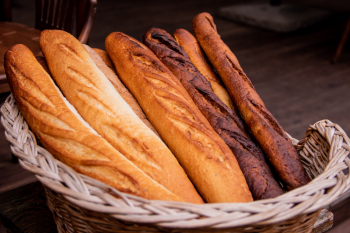 |
Home to Haute CuisineThe term "haute cuisine" means "high cuisine" and refers to high-end, sophisticated cooking, characterized by meticulous and elaborate preparation and high quality ingredients. It emerged in the 17th century led by Marie-Antoine Carême, who shifted the emphasis on abundance and quantity to moderation and quality instead. Haute cuisine underwent a modernization by Georges Auguste Escoffier around 1903. ▶ |
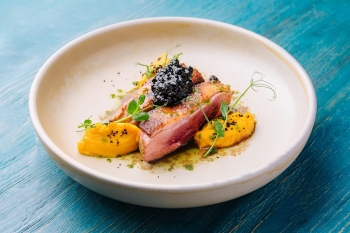 |
Article written for World Trade Press by Linda Williams and WTP Staff.
Copyright © 1993—2024 World Trade Press. All rights reserved.

 France
France